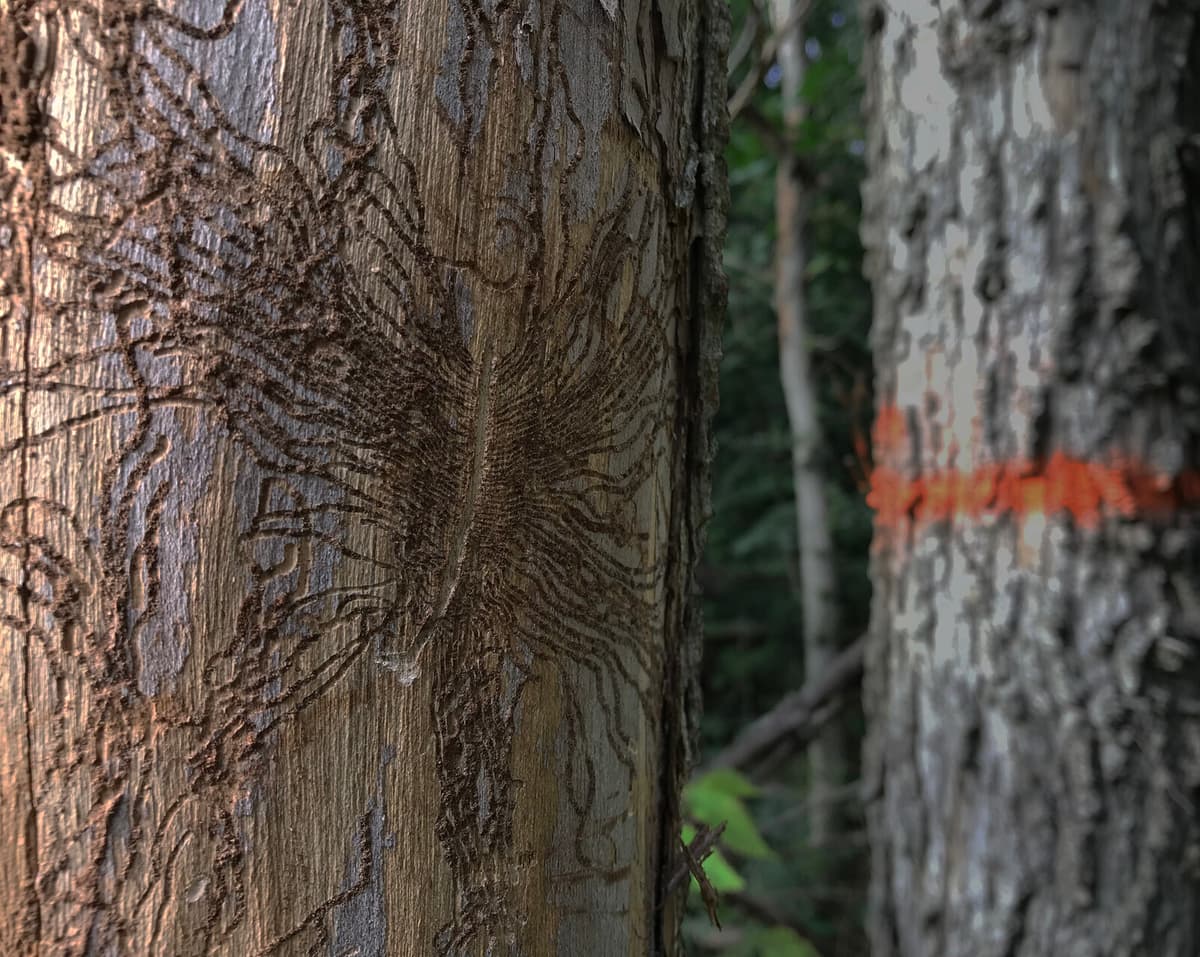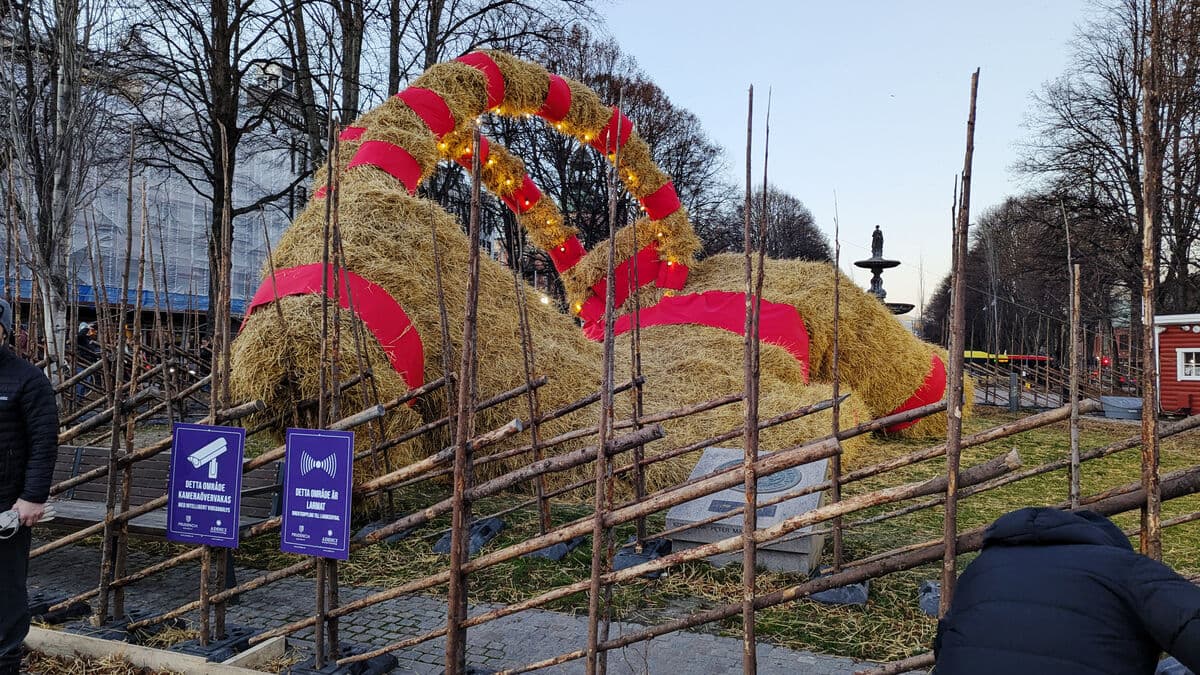The Dutch elm disease is an invasive fungus that originally comes from Asia. There, the trees have a natural resistance, but in Europe, the fungus leads to the death of the elms.
The fungus chokes the tree and makes it essentially starve itself, says Amanda Magnusson Overmark, forest consultant at the Forest Agency's district on Gotland.
Certain setbacks
She has worked with the Dutch elm disease for many years and with the extensive efforts made to try to limit the fungus on the island. A struggle that has yielded results, but this year's inventory shows a certain setback. From around 3,000 infected trees in 2021, 7,000 were found this year.
The Dutch elm disease spreads, among other things, through a beetle - the elm bark beetle - which lays eggs in the bark of the elms. The larvae overwinter in the trees and hatch in the spring. When the newly hatched beetles then move to new trees, they spread the disease further.
It also spreads through tools that have not been properly cleaned, says Amanda Magnusson Overmark.
In Europe, the Dutch elm disease has struck hard, and in several countries, the tree is essentially extinct. In parts of southern Sweden, they have given up the fight, and it is only on Gotland that the stock has been preserved. Therefore, it is so important to continue removing infected trees. One explanation for why the infection is increasing is believed to be that landowners do not destroy infected trees properly.
There is hope
We mark infected trees in late summer and fell them before the new elm bark beetles fly away and spread further. The felled trees are chipped and then taken away for burning, says Amanda Magnusson Ovenmark.
Although the increase in sick trees is worrying, there is hope, according to her. But it requires resources to continue the work. Protecting the elm is important for several reasons. One is that they are beautiful and have cultural value. But above all, the elm is a host tree for around 700 other species, 62 of which are entirely dependent on the elm.
Losing the elm would reduce biological diversity, says Amanda Magnusson Ovenmark.
The Dutch elm disease can affect all native species of elm and is caused by a fungus. The spread occurs partly through spores transferred by the elm bark beetle, partly through root contact with infected trees. The disease progression can be very rapid - the tree can become ill and die in just a few weeks.
In July and August, it is easiest to see which elms are sick, as affected trees retain withered leaves. But yellow leaves can also be caused by drought.
For several years, resistance research has been conducted on elm. The hope is to breed elms that are resistant to the Dutch elm disease.
Source: The Forest Agency





